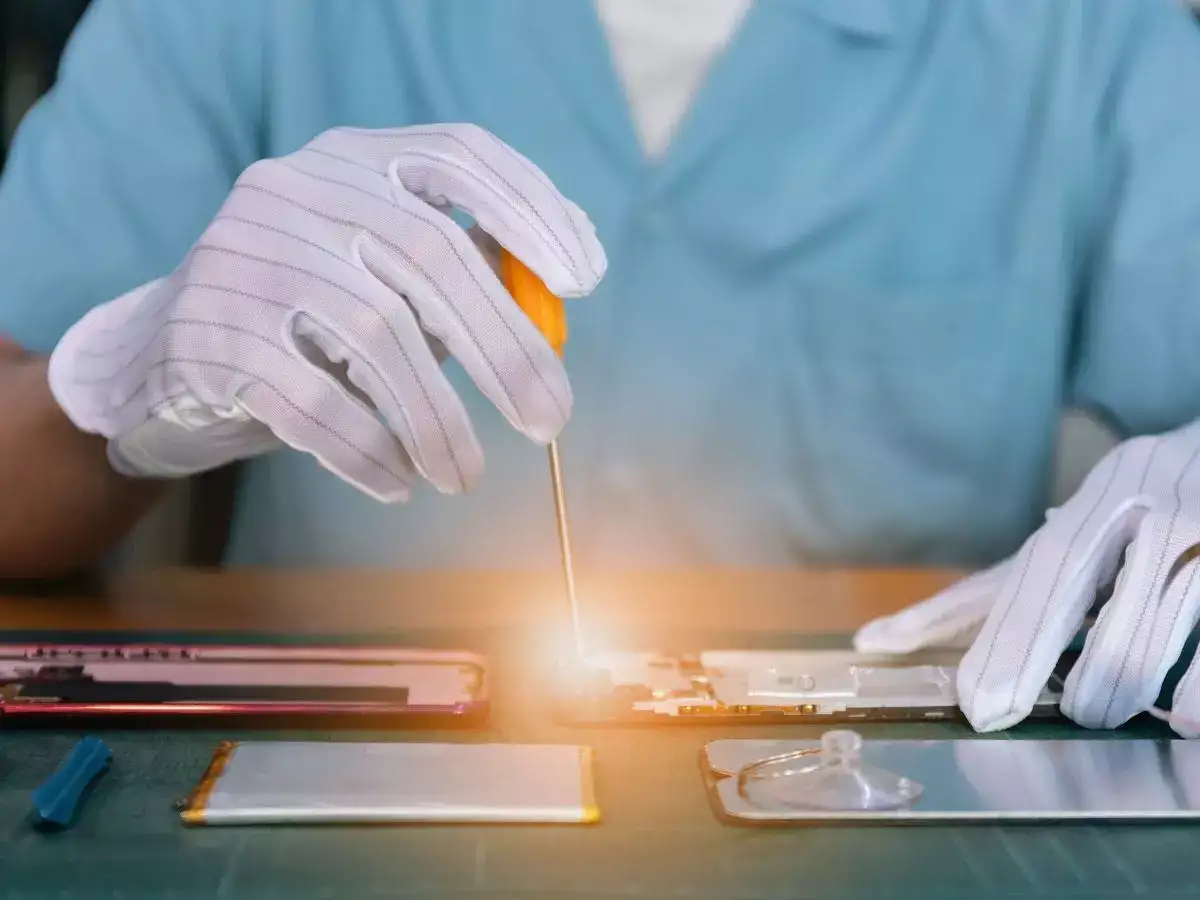[ad_1]
This discarded tech poses dual challenges: severe environmental damage and the loss of valuable materials such as gold, silver, and rare earth elements. Despite their worth, only about 1% of the global demand for rare earth materials is currently fulfilled through e-waste recycling. In response to this, a team of researchers has introduced a novel, environmentally safe method for extracting gold from electronic waste—an approach now published in the journal Nature Sustainability.
A Three-Step Process That Turns Waste into Wealth
The newly developed method replaces conventional gold recovery techniques—which often involve harsh, toxic chemicals—with a safer and more sustainable alternative. The procedure unfolds in three key stages:
Step 1: Dissolving the Gold
The gold present in old devices is first dissolved using trichloroisocyanuric acid, a chemical widely used in water treatment. This process is facilitated by a halide catalyst, which helps oxidize the metal from its solid form.
Step 2: Binding the Gold
A specially designed polysulfide polymer is then introduced to the solution. This polymer selectively binds to the dissolved gold, separating it from other materials.
Step 3: Recovering the Gold
Finally, the gold is recovered by either pyrolyzing (heating) or depolymerizing the gold-bound polymer. The recovered gold is of high purity, and the polymer itself can be reused—making the entire method more sustainable.
Sustainable Solution with Large-Scale Potential
Unlike small-scale gold mining, which can cause environmental degradation and health risks due to mercury and cyanide use, this technique avoids such hazards altogether. The researchers have tested the process successfully not only on electronic waste but also on natural ores and other gold-rich materials, underlining its versatility.As global e-waste output continues to escalate—equivalent to 1.55 million 40-tonne trucks that could circle the Earth—this method offers a tangible solution. It not only extracts valuable resources from discarded gadgets but also promotes a circular economy that encourages reuse and responsible recycling practices.
With increasing interest from industries and researchers alike, the technique has potential for large-scale application. By turning obsolete electronics into a source of sustainable gold, the innovation could reshape the way the world handles e-waste, reducing both environmental harm and economic loss.
[ad_2]
Source link


